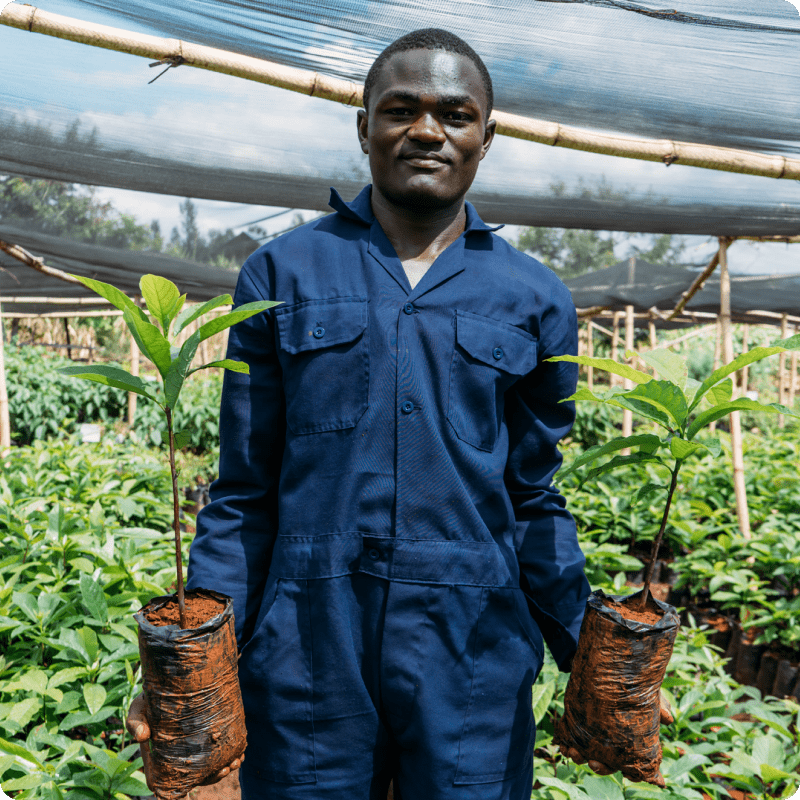Search DGB
-
Services
-
Products
-
Become Shareholder
-
Sustainable Investments
-
Nature-based solutions
-
Stakeholders
-
How it Works
-
Insights
-
Sessions & Guides
Search DGB
It looks like you’re browsing from Netherlands. Click here to switch to the Dutch →
x
LATEST ARTICLE
Why carbon credits are a smarter investment than Bitcoin Read Article





















